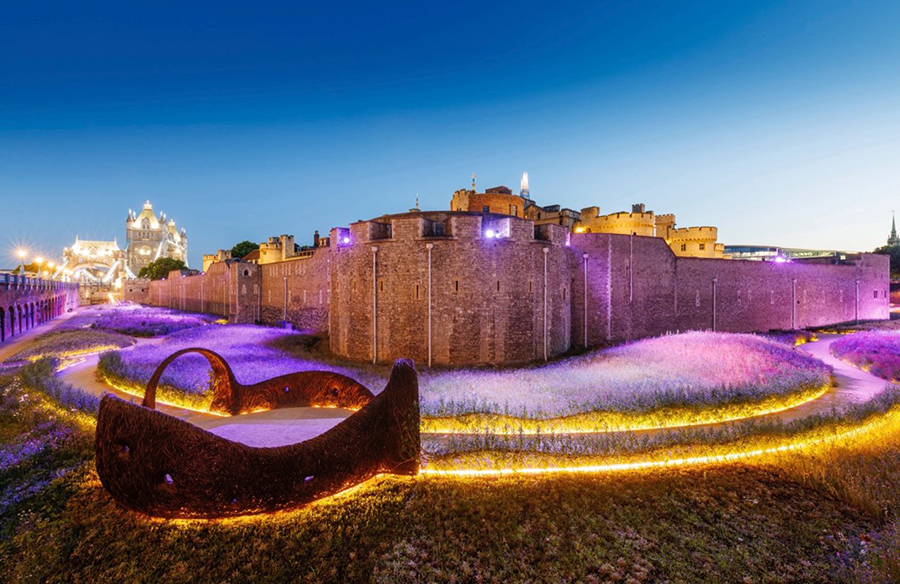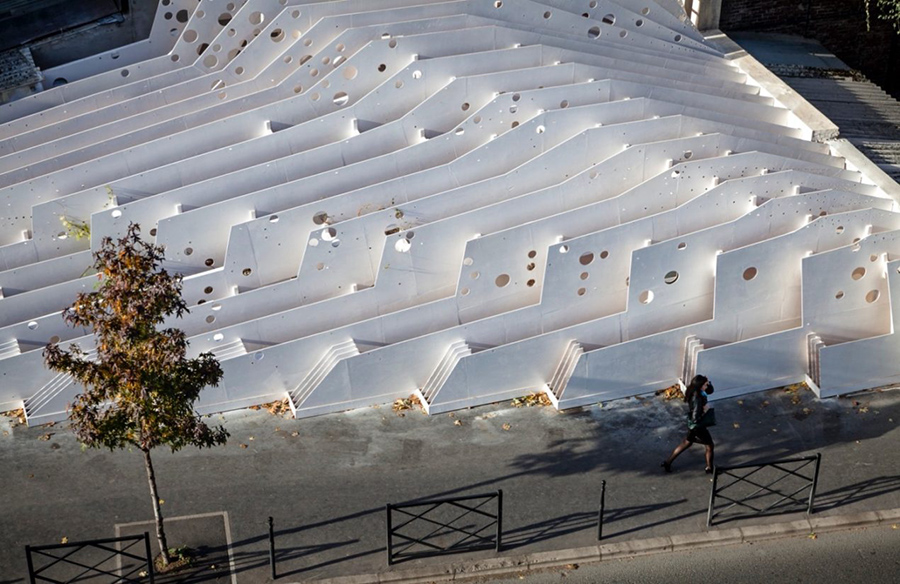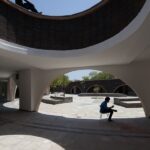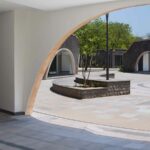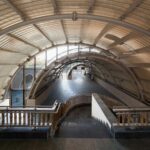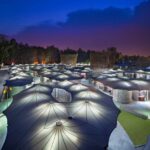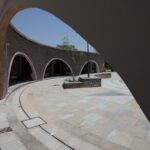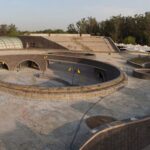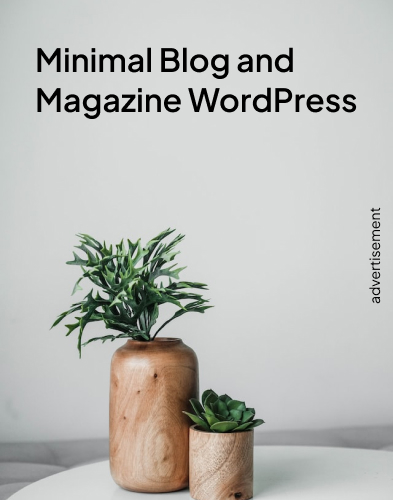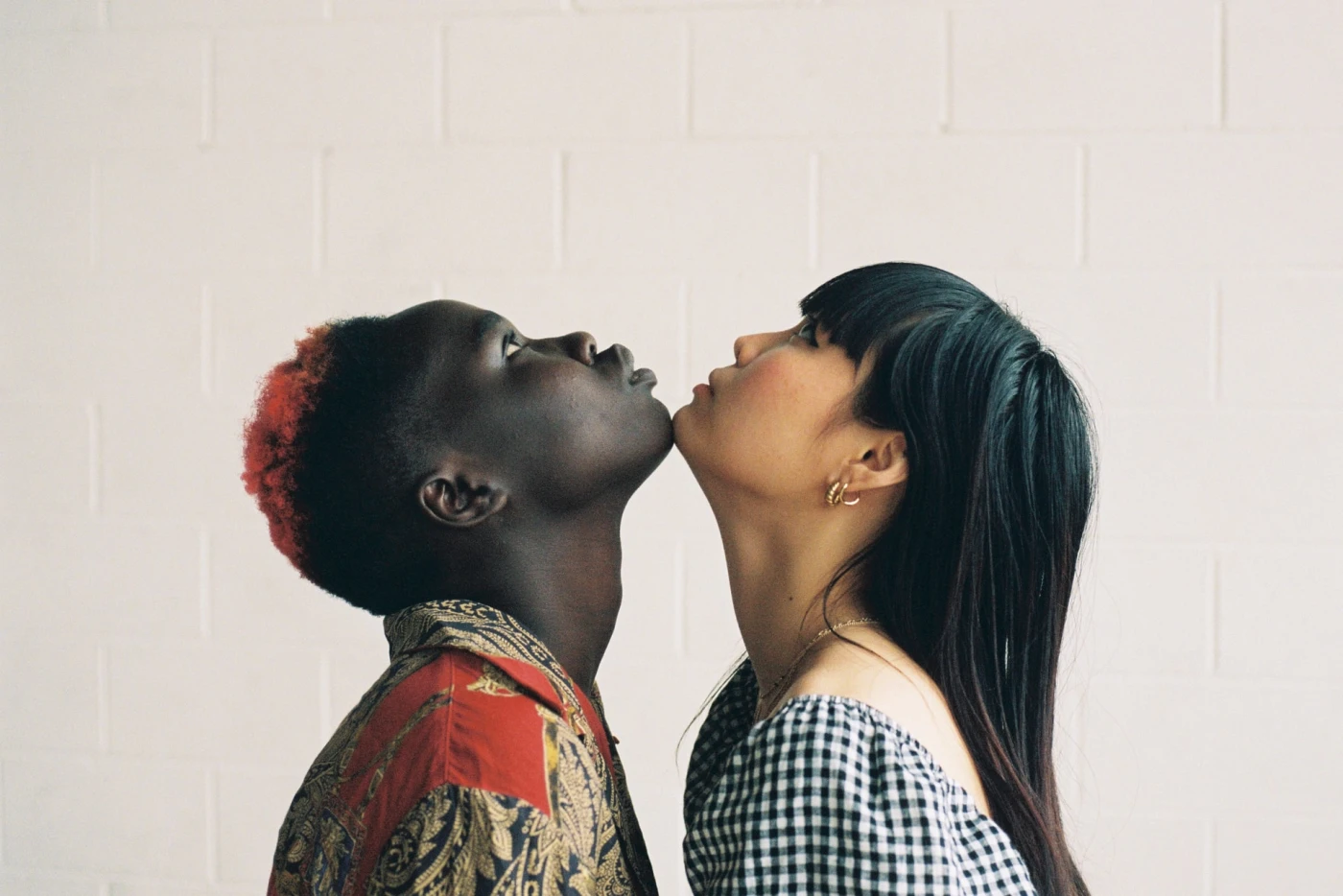Crafting Cultural Connections: Dilli Haat

Conceptual Genesis
In 2005, ‘Haat Beat’ set the rhythm for a design competition initiated by the Delhi Tourism and Transportation Development Corporation (DTTDC) for the creation of Dilli Haat in Janakpuri. Positioned as a vibrant cultural hub, Dilli Haat aimed to cater to the diverse needs of Delhi’s residents, particularly in areas lacking recreational spaces. With a focus on promoting music and celebrating local artisans, the project sought to infuse life into the fabric of Delhi, becoming its rhythmic ‘heart beat’.

Design Philosophy
With existing Dilli Haats in the city, the design process necessitated a critical examination of previous iterations while maintaining core principles. Each Dilli Haat required a distinct identity to attract visitors, blending traditional craftsmanship with contemporary sensibilities. Emphasizing progression over imitation, the design envisioned a dialogue between past heritage and modern functionality, ensuring relevance in today’s context.
Site and Program Integration
Situated on a sprawling six-acre plot, the site presented unique challenges and opportunities. Bounded by a bus terminus, a national prison, and a commercial thoroughfare, the complex required careful planning to accommodate diverse functions seamlessly. The program encompassed an indoor auditorium, open-air amphitheater, exhibition halls, craft shops, food court, and more, all interconnected to create a cohesive experience.

Musical Theme Integration
Recognizing the absence of a dedicated music center in the city, the concept of ‘haat beat’ gained prominence, infusing the project with a vibrant musical theme. State-of-the-art facilities for concerts, music exhibitions, and interactive sessions catered to both seasoned musicians and enthusiasts alike, fostering a dynamic cultural environment.
Functional Diversity
Dilli Haat was envisioned as more than just a marketplace; it aimed to be a holistic destination for leisure, shopping, and socializing. From air-conditioned craft shops to children’s play areas, every aspect was meticulously designed to enhance visitor experience. The food court, with its diverse culinary offerings, served as a focal point for community engagement and gastronomic delight.

Architectural Expression
The architectural language of Dilli Haat blended traditional materials like Agra stone and slate with modern elements such as bamboo structures and tensile canopies. This fusion of indigenous and contemporary aesthetics created a visually captivating environment, resonating with both heritage and innovation.
Sustainable Practices
Incorporating sustainable features like natural shading and greenery, Dilli Haat embraced eco-conscious design principles. The use of bamboo for structures and landscaping not only added visual interest but also promoted environmental sustainability. Indigenous plants and materials further reinforced the project’s commitment to holistic sustainability.

Cultural Experience
Dilli Haat, Janakpuri, transcended the conventional shopping experience, offering visitors a journey through traditional craftsmanship and contemporary creativity. With its warm, intimate spaces and grand communal areas, the complex became a vibrant cultural oasis, celebrating the rich tapestry of Delhi’s heritage and modernity.


